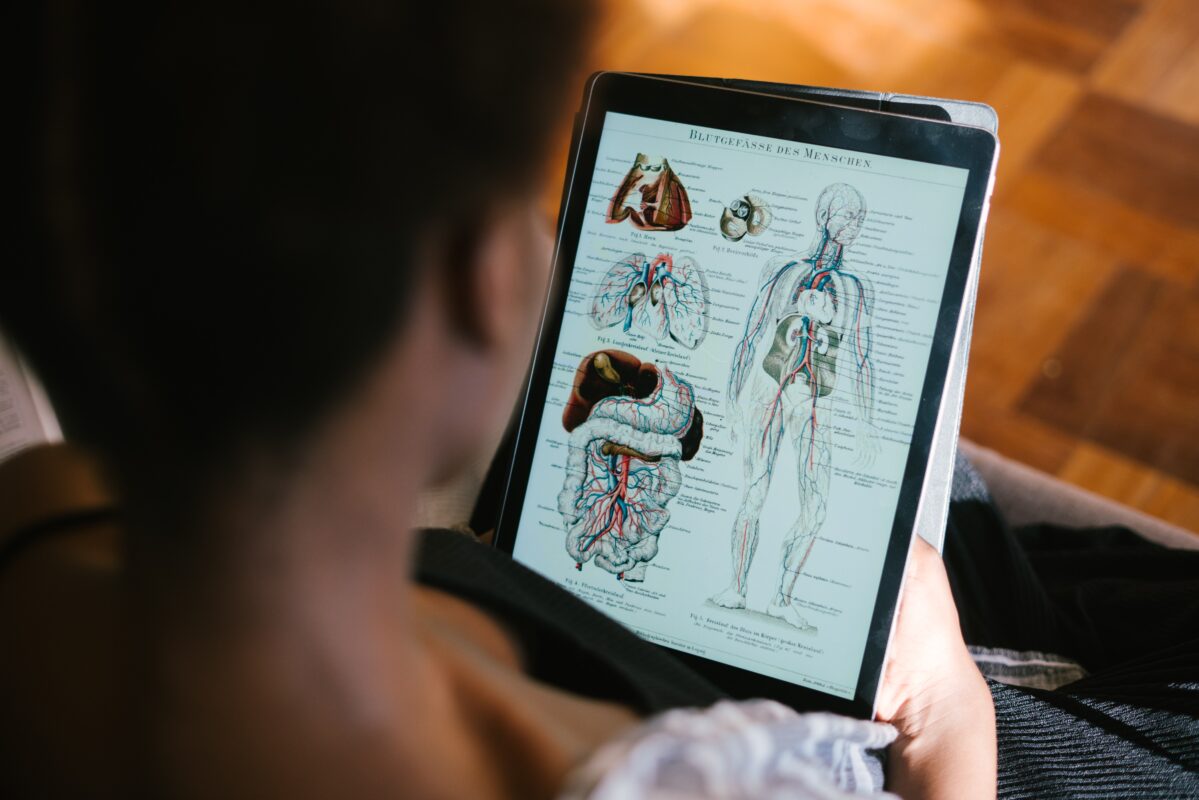Uncategorized
Understanding the basics of human anatomy

The human body is a remarkable and intricate biological marvel. Understanding its structure is essential not only for medical professionals but for anyone curious about how our bodies function and interact with the world around us. Human anatomy is the study of the structure of the human body, and it forms the foundation for various medical disciplines, from surgery to physiology. In this article, we will delve into the basics of human anatomy, exploring its systems, organs, and terminology.
An Overview of Human Body Systems
The human body can be divided into several systems, each with its unique functions and components. Here are some of the major systems:
- Skeletal System: The skeletal system provides the framework for the body, supporting and protecting organs. It comprises bones, joints, and cartilage.
- Muscular System: Muscles enable movement and help maintain posture. There are three types of muscles: skeletal, smooth, and cardiac.
- Nervous System: This system coordinates body activities by transmitting signals between different parts of the body. It consists of the brain, spinal cord, and nerves.
- Circulatory System: The circulatory system, also known as the cardiovascular system, transports blood and nutrients throughout the body. The heart, blood vessels, and blood itself are key components.
- Respiratory System: This system is responsible for exchanging gases, oxygen, and carbon dioxide between the body and the environment. It includes the lungs and airways.
- Digestive System: Digestion involves breaking down food into nutrients for absorption. The digestive system includes the stomach, intestines, liver, and pancreas.
- Endocrine System: The endocrine system regulates body functions through the release of hormones. Major glands include the pituitary, thyroid, and adrenal glands.
- Reproductive System: Responsible for reproduction, this system differs between males and females. It includes structures like the ovaries, testes, uterus, and penis.
- Urinary System: The urinary system removes waste products from the body and maintains electrolyte balance. It consists of the kidneys, ureters, bladder, and urethra.
Key Organs and Their Functions
Several vital organs perform specific functions critical to human survival and well-being:
- Brain: The command center of the nervous system, responsible for thoughts, emotions, and bodily functions.
- Heart: A muscular organ that pumps blood throughout the body, supplying oxygen and nutrients.
- Lungs: Organs responsible for breathing, where oxygen is taken in and carbon dioxide is expelled.
- Liver: The liver detoxifies the blood, produces bile for digestion, and stores nutrients.
- Stomach: This muscular organ processes food, secreting enzymes and acids to break down nutrients.
- Kidneys: These filter blood, removing waste and excess fluids to produce urine.
- Pancreas: The pancreas produces digestive enzymes and regulates blood sugar levels through insulin and glucagon.
Anatomical Terminology
To communicate effectively about human anatomy, a standardized set of terms is used:
- Anatomical Position: The body is erect, with arms at the sides and palms facing forward.
- Anterior and Posterior: Anterior refers to the front side of the body, while posterior refers to the back side.
- Superior and Inferior: Superior means above, and inferior means below. For example, the head is superior to the neck.
- Proximal and Distal: Proximal refers to being closer to the trunk, while distal means farther away. These terms are often used for limbs.
- Medial and Lateral: Medial denotes being closer to the midline of the body, while lateral means farther away from the midline.
Conclusion
Understanding the basics of human anatomy is an essential aspect of comprehending how our bodies function and interact with the environment. Whether you are pursuing a career in medicine, biology, or simply have a curious mind, delving into the intricacies of the skeletal, muscular, circulatory, and other systems can be both enlightening and awe-inspiring. The human body’s complexity showcases the marvels of nature and the interdependence of its various components.


